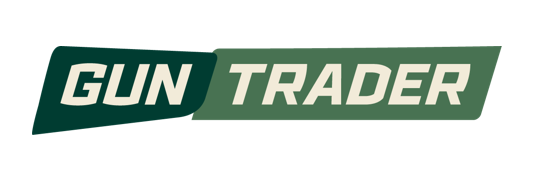Strong rumours are circulating that the global media giant, Time Inc, has found a buyer for its ailing magazine division. That statement requires qualification insofar as strong rumours about this have been circulating for around the past ten years, which is roughly how long Time Inc has been looking to offload the business. If these rumours prove to have more substance than all the others then Shooting Times , along with sister magazine, The Field could be about to undergo a fourth change of owner in 30 years. Considering each only had two owners in the ten decades before that (and in The Field’s case even longer), Britain’s most prestigious country titles are starting to take on the characteristics of unwanted elderly relatives been passed around an unloving media family.
Whether or not a sale comes to pass, the recent background for the teams working on these magazines has been one of relentless cost cutting, as the publishers have sought to stem the losses occasioned by the Internet driven drop in advertising and sales revenues. For some the appointment of Shooting Times editor, Patrick Galbraith, at the beginning of the year, illustrated the overriding focus on keeping costs down. Insiders pointed to the fact that at 22, Galbraith had no previous experience of running a magazine and indeed, only a short while out of university no previous experience of running anything. Critics argued that Galbraith’s most attractive qualification, (apart from an enthusiasm for shooting) was that he came cheap and certainly more cheaply than other, arguably better qualified, candidates. In the time that has elapsed between then and now however, Galbraith has, to his credit, done a good job and why not? After all, the editor of The Field , the venerable Jonathan Young, was until Galbraith’s arrival, the youngest ever editor of Shooting Times , following his appointment to the role in 1985, at the tender age of 26. Old hands will recall the cries of dismay that greeted Young’s arrival in the editor’s chair; cries that quickly died away as Young set about restoring the title’s fortunes. However, the challenges that Galbraith faces are of a quite different order to those of his predecessors.
The management driven micro focus on costs has seen the centralising of functions to the point where dedicated editorial staff, that is to stay those who work on one magazine only, are largely a thing of the past. A sub-editor at Time Inc might in one day work on copy supplied by a gun dog trainer and the next focus in on a technical article for Cycling Weekly or goodness knows, Soaplife . What is true of sub-editing is similarly the case with advertising and design. To what extent these cost-efficiencies impact on the unique character of magazines like The Field and Shooting Times , is open to debate. No doubt Time Inc’s senior managers would argue that things would be a whole sight worse had this streamlining not taken place. They are probably right, just as they are probably right (although far less likely to say so publicly) that they are in the endgame for print and paper magazine publishing. Still and all there must be a point when cutting cost accelerates rather than slows the process which the economies are meant to achieve. If and when Time Inc sells, then the big question is what will be left for a new owner to shave when they have to amortise the cost of acquisition?

